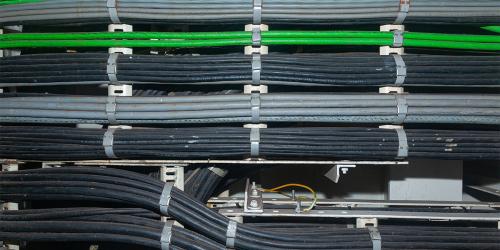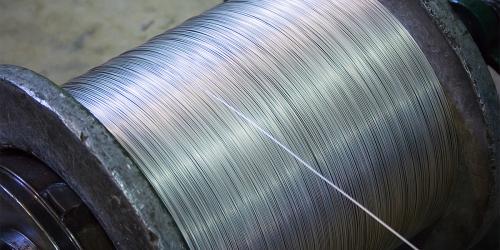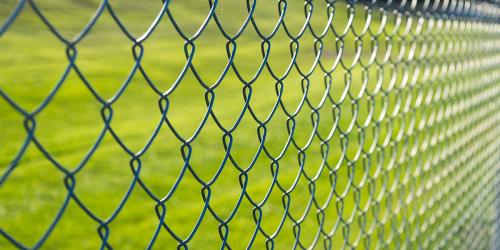When it comes to drilling into concrete you may face more problems than you would when fixing into wood or metal, due to the sheer density and hardness of the material. Especially if you’re a beginner, fixing into concrete can end up being a frustrating and difficult task, but luckily, we are here to help you! With years of experience in the industry, the BS Fixings team is packed full of knowledge, and so we have written this blog post with tips on how you can create a secure and long-lasting fixing. With the right method and appropriate tools, you will be well on your way to becoming a concrete fixing whiz!
Even if you’re not looking to fix directly into concrete, these techniques are also useful for brick and stone materials as well.
Just like many other fixing and fastening products that are specifically designed to be inserted into certain materials, such as wood and drywall screws, there are special fixings for concrete too. On our website, we have recently added a new range of Thunderbolt™ products, which are perfect for construction and DIY projects that involve tougher materials. The Thunderbolt™ range includes a fantastic selection of robust fixings for solid materials such as concrete, but how do you use them? Find below some simple steps on how to fix into concrete.
Step 1: Finding the Correct Length
To ensure your fastening remains secure, you first need to find a fixing that is of the right length. Due to the density of concrete, the fixing must penetrate at least 1 inch into the material for it to be durable and long-lasting. It is also important to make note of the thicknesses of the attaching material too, as the fixing must be long enough to drive through both of these. We recommend adding another inch to the length to make sure the attaching material is accounted for.
The Thunderbolt™ items we stock are available to purchase in a range of sizes and lengths to meet all of your requirements.
Step 2: Choosing the Right Head Type
Concrete fixings are available with a variety of head types, to suit different construction tasks. The most popular head types are hexagon, countersunk, and pan, which are all offered by Thunderbolt™. The choice of head depends on the final outcome and what look you want to achieve.
Hex head: Due to the surface area of a hexagon head, these types are suitable for heavy-duty projects where a substantial amount of holding power is needed. They are one of the easiest head types to drive and tighten, making them attractive to many users.
Pan head: Pan heads offer a flush finish which is great for projects that require a discreet fixing. However, due to their flatter structure, they are more difficult to tighten when compared to hex heads.
Countersunk head: Similar to pan head fixings, countersunk heads drive entirely into the surface material, resulting in a fixing which is completely flush and smooth. If your fixings are going to be in a visible location, this head type might be more appropriate.
Step 3: Create a Pilot Hole
Once you have acquired the necessary fixings, it is time to get drilling! As concrete is incredibly hard, you need to drill an initial hole for the fixing to be inserted into. With concrete projects, it is essential that the hole is drilled deeper than needed to allow for dust accumulation. We suggest drilling an extra ¼ inch deeper than necessary.
The easiest way to create the hole is by using a hammer drill with a carbide-tipped drill bit, as these tend to come with an adjustable depth stop for you to have full control. If you do not have a hammer drill at hand, a standard drill will work just as well, but the process might take a little longer.
Step 4: Drive the Fixing In
After you have created your pilot hole, you can now insert your chosen fixing, but make sure to clean the hole first to remove as much dust as possible.
When inserting the fixing, use steady pressure and a firm hand to ensure the fixing is driven into the surface horizontally/vertically and not at an angle. We recommend using a heavy-duty drill on a medium speed to secure your fixing. Too much speed can cause overtightening and may result in the threads being stripped.
Once the head of the fixing has reached the surface, you can stop drilling and the materials should be strongly attached.
There you have it, fixing into concrete has never been so easy! Please feel free to browse the Thunderbolt™ range on our website today or if you have any questions about this blog post or the products we stock, contact us today and a member of our team will be happy to help.






